Innovative Solutions for Anterior Knee Pain in Athletes: The Role of Red Light Therapy
Anterior knee pain (AKP) is a common problem in athletes, impacting 15% of army recruits during basic training, with half still experiencing symptoms six years later. Due to its substantial effects on athletic performance and overall health, it is essential to discover effective treatment methods. Red light therapy has surfaced as a hopeful noninvasive and nonpharmacologic complement to conventional physiotherapy (PT), providing relief from pain and enhancing functionality.
Understanding Anterior Knee Pain (AKP)
AKP, frequently resulting from excessive use and mechanical strain, results in considerable discomfort and impairment. Prevalent among athletes and military personnel, AKP can impede performance and prolong the recovery process. Conventional treatments involve rest, physical therapy, and pain management, but these approaches may not always offer full relief. As a result, researchers have begun to investigate alternative therapies like red light therapy.
The Study on Red Light Therapy for AKP
A recent clinical trial (NCT02845869) examined the impact of incorporating red light therapy into physiotherapy for the treatment of AKP in combat soldiers and policemen. The study, which was prospective, double-blind, and sham-controlled, included 26 participants with a mean BMI of 24.2. The participants were divided into two groups: one receiving PT combined with sham treatment (PT + Sham) and the other receiving PT combined with active red light therapy (PT + Red Light).
Red Light Therapy Protocol
The red light therapy protocol utilized in the study involved:
- Wavelengths: 660 nm and 850 nm with pulsing at 2.5 Hz.
- LED Power: 50 mW/cm² for local tissue and regional lymph nodes.
- Continuous Beam Laser: 810 nm, 6 W/cm² for analgesia.
- Laser Pointer: 4.75 W/cm² for trigger points.
Participants received treatment for four weeks, and their progress was assessed at baseline, after the treatment period, and at a three-month follow-up.
Key Findings
The study's results were promising, highlighting the significant benefits of combining red light therapy with PT:
- Pain Reduction: Post-treatment pain was significantly lower in the PT + Red Light group compared to the PT + Sham group (Δpain, VAS: PT + Red Light = -19 ± 23, P = 0.002; PT + Sham = -6 ± 21, P = 0.16; between groups, P = 0.032).
- Functional Improvement: At the three-month follow-up, functional disability measured by the Kujala score significantly improved in the red light therapy group (ΔKujala: PT + Red Light = 11 ± 10, P = 0.003) compared to the PT + Sham group (ΔKujala: PT + Sham = 5 ± 7, P = 0.059).
Mechanisms of Red Light Therapy
Red light therapy works through several mechanisms that enhance its effectiveness in treating AKP:
Cellular Stimulation: Red light therapy stimulates cellular activity, promoting faster healing and tissue repair.
Improved Circulation: The therapy enhances blood flow, delivering essential nutrients and oxygen to the affected area.
Pain Reduction: Red light therapy reduces inflammation and pain, allowing for quicker recovery and return to activity.
Clinical Implications
The research highlights the promise of red light therapy as a beneficial additional treatment for AKP. By incorporating red light therapy alongside regular physiotherapy, medical professionals can provide a more holistic treatment strategy that speeds up pain relief and enhances functionality. This could be especially advantageous in demanding settings like military training and competitive sports, where quick recovery is crucial.
Conclusion
Red light therapy presents a significant advancement in managing anterior knee pain, offering a noninvasive and efficient solution for athletes and military personnel. Through the combination of red light therapy with traditional physiotherapy, practitioners can improve treatment outcomes, leading to quicker pain alleviation and enhanced knee function. As research continues to support its benefits, red light therapy is positioned to become a standard component of athletic and military healthcare protocols, facilitating earlier return to competition and service.


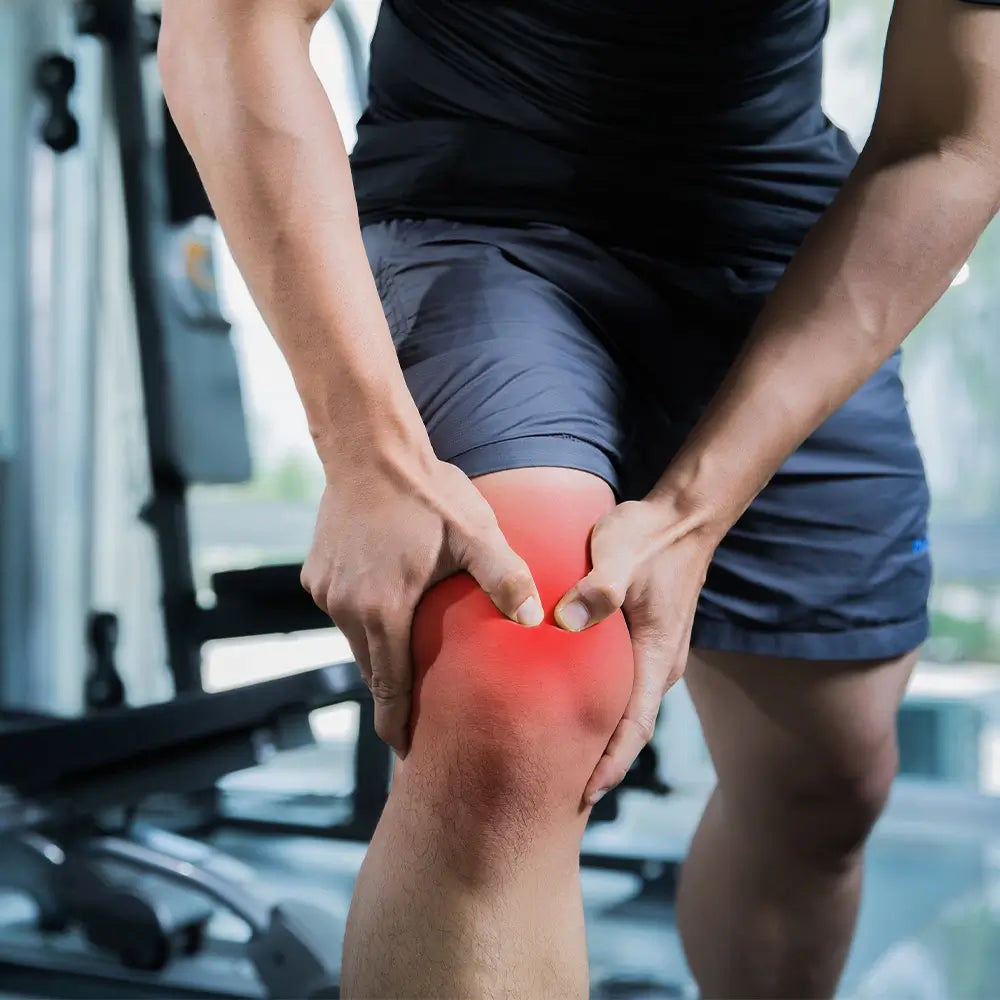
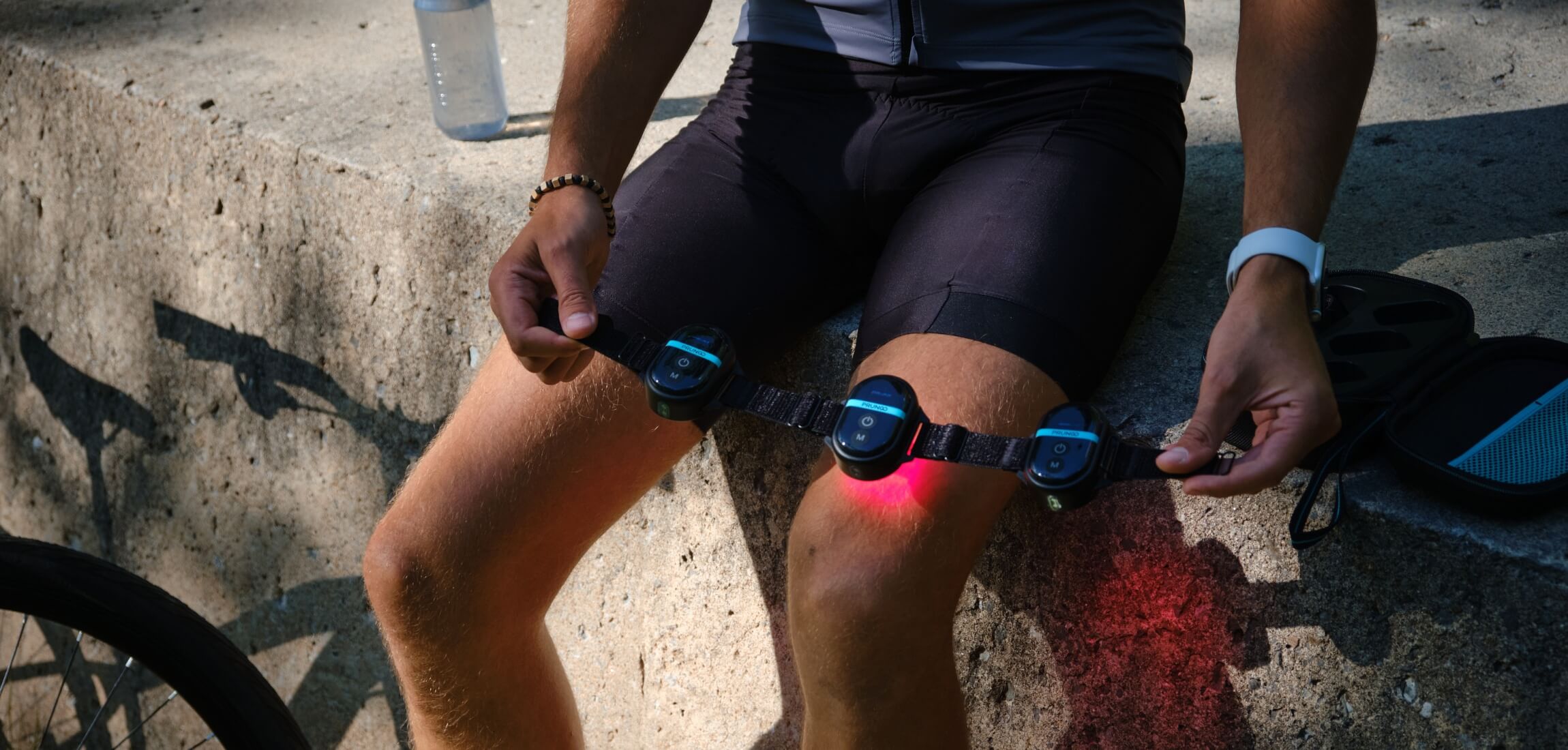
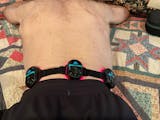
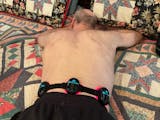









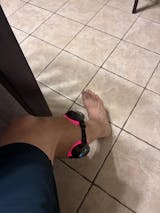
Share:
Revolutionizing Pain Relief: Red and Violet Laser Therapy for Neck and Shoulder Pain
Improving Orthodontic Treatment Efficiency through Photobiomodulation Therapy